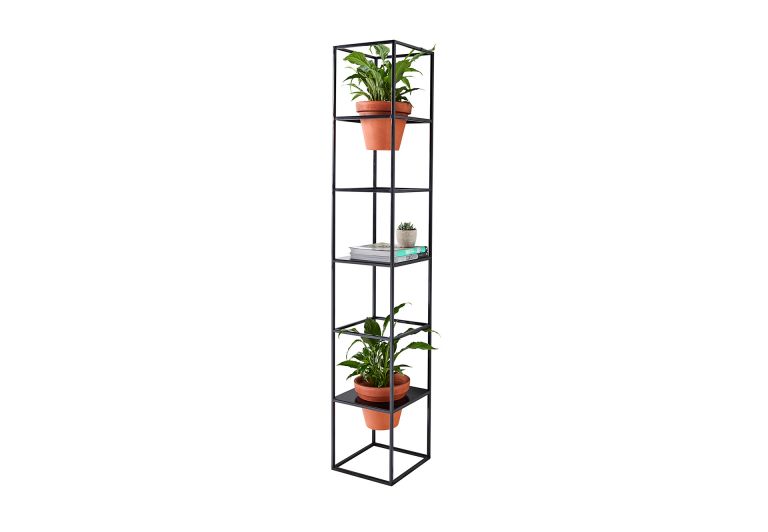Florist turned eco-warrior and sustainable designer Joost Bakker is making waves both at home and abroad with a zero-waste approach to hospitality and architecture.
After growing up on a flower farm in the Yarra Valley, Bakker started his own business in the early 1990s as a wholesaler, sending locally grown flowers around Australia and the world. It was through sharing a workspace with an exotic mushroom importer that he first came into contact with chefs and, before long, he was supplying flowers to over 100 different restaurants on a weekly basis. He became known for his large-scale arrangements and installations, and was given the freedom to create whatever he liked. “There was a hole in the market and my work was quite raw and large, using the whole plant so there was no waste,” explains Bakker.
Part of his point of difference was always in his approach to waste. He would often use reclaimed materials, such as old cords, old concrete – even a fire hydrant – to give his work an added dimension. In 2002, he had his first exhibition as an artist in a gallery, which then quickly led to annual exhibitions. “That was when people started to take the work a little bit more seriously – I was able to really experiment and be really creative and bold. That was a big milestone,” Bakker says.
The next milestone was designing and building his own house, which then led to the Greenhouse project – a sustainable restaurant that grew its own food on site and reused organic waste as compost. “I was always frustrated with how unsustainable the hospitality sector really was,” he explains. “When I built Greenhouse by Joost, it was as a one-off thing – I didn’t expect it to be as successful as it was – I didn’t expect to have phone calls from Italy, New York and London. I was shocked by how much it appealed to so many people.”
Bakker’s zero-waste restaurant Brothl went one step further, using surplus ingredients from other high-end restaurants to create delicious soups in a completely zero-waste project. “We drove around collecting organic waste, such as using bones from Rockpool to make a broth,” he says. Bakker worked to develop a tap system for milk and wine that eliminates packaging waste – a design that was so successful it has now been picked up by McDonalds. The restaurant was to be short lived, but it was Bakker’s proudest moment and has since created a groundswell of support for the zero-waste movement.
Following his restaurants, Bakker worked on the Lexus Pavilion at the Melbourne Cup in 2016 – a modular, open-source system he developed with CSIRO that is covered in soil, which increases thermal mass, is fire resistant and allows plants to grow on the actual structure. This ties in with Bakker’s vision for the future as urban agriculture – a world in which buildings will be designed with rooftops and vertical gardens to grow crops. By valuing compost and growing food where we live, he believes that food will have better nutrients and therefore make us healthier. “It’s a super exciting time. The city will look very different to how it does today; productive buildings will be the norm.”
Featured Products






